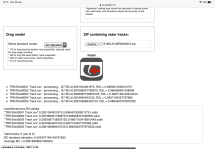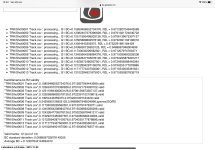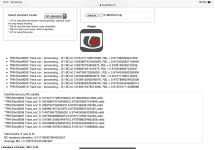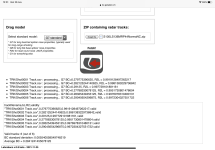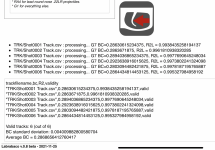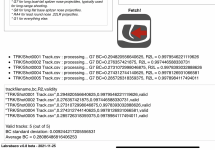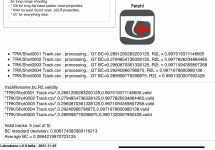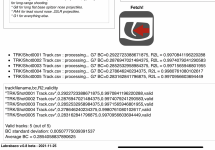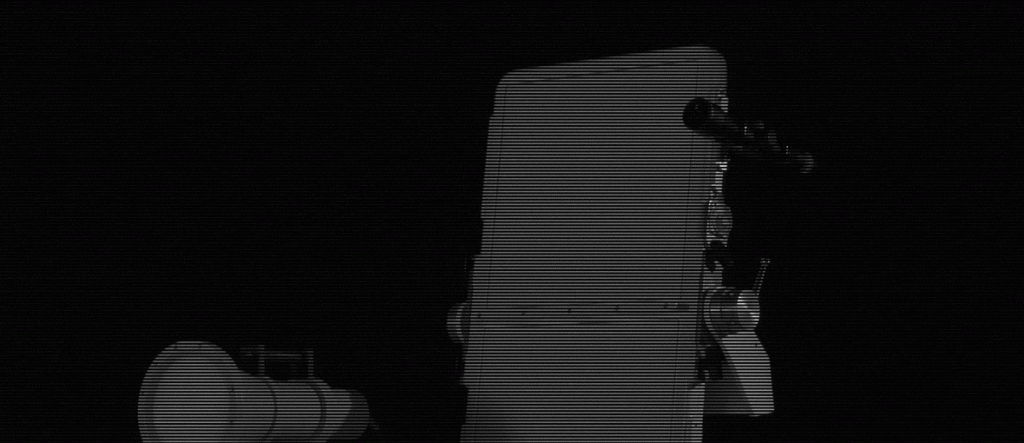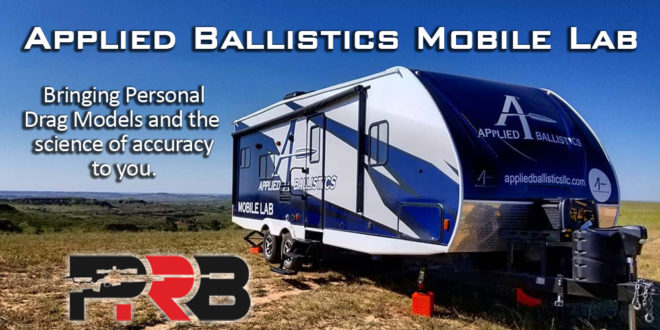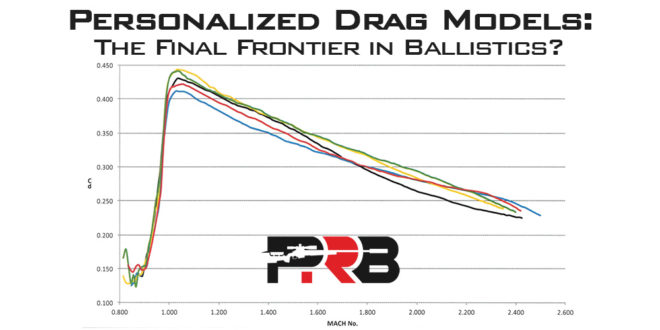Wow, really interesting.
Specifically talking about 22lr subs, 1040fps, 40gr. There is a move towards higher twist barrels- and it is beyond me, but I thought that the twist would/could affect the BC. We are looking for 200yards+. To me at least, at about 175yards a beast comes and starts to flick those rounds. I think by the stability calcs, the 1x16 is too slow theoretically. Maybe for shorter and supersonic it works fine. I just have anecdotal differences right now, but it seems the 1x9 holds better groups At 200.
Also, if i set up one of those optical velocity readers at a longer distance, like 100 or 150 yards, Would that help?
I was just looking to find a BC to put into ballistic calc. The effect of the twist was just an interesting question.
What are the units that the labadar should be run? Feet or meters distance/speed?
Specifically talking about 22lr subs, 1040fps, 40gr. There is a move towards higher twist barrels- and it is beyond me, but I thought that the twist would/could affect the BC. We are looking for 200yards+. To me at least, at about 175yards a beast comes and starts to flick those rounds. I think by the stability calcs, the 1x16 is too slow theoretically. Maybe for shorter and supersonic it works fine. I just have anecdotal differences right now, but it seems the 1x9 holds better groups At 200.
Also, if i set up one of those optical velocity readers at a longer distance, like 100 or 150 yards, Would that help?
I was just looking to find a BC to put into ballistic calc. The effect of the twist was just an interesting question.
What are the units that the labadar should be run? Feet or meters distance/speed?

